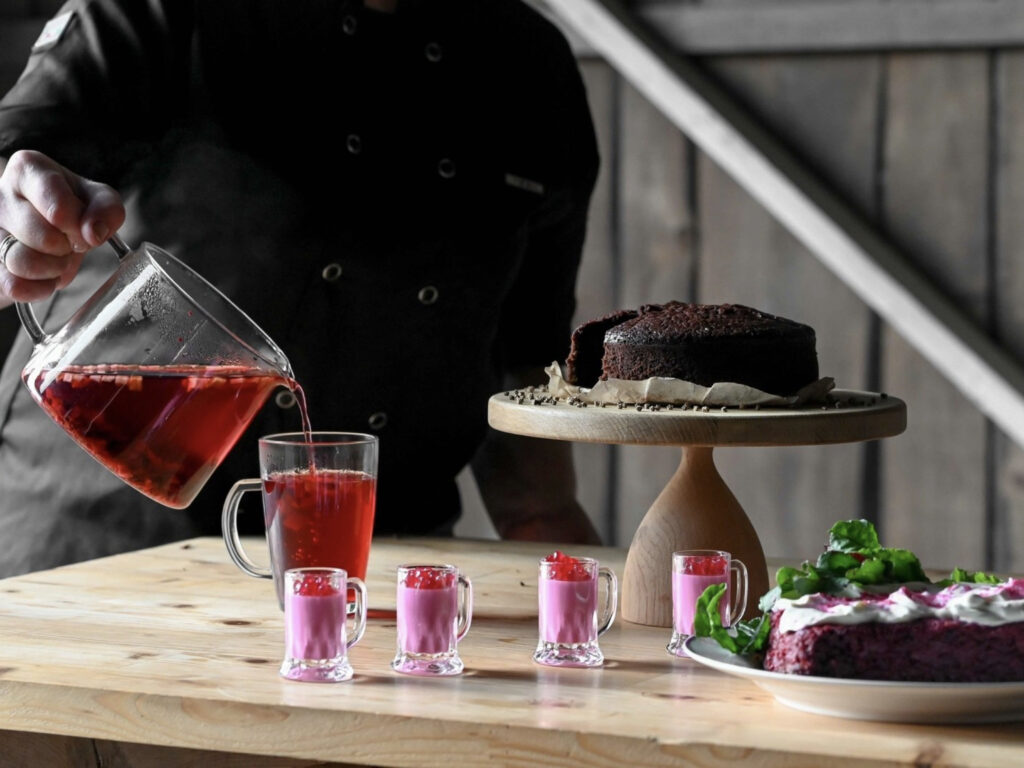Culinary Tourism Itineraries for Independent Travellers
Chapter 5 focuses on creating and promoting culinary tourism itineraries specifically designed for independent travellers who prefer flexibility and freedom in planning their trips. The chapter outlines strategies for developing self-guided itineraries and packaged tour options that cater to this growing segment of tourists. In summary, Chapter 5 highlights the growing demand for flexible, self-guided culinary tourism experiences. By offering well-planned itineraries with built-in options and practical guidance, regions can cater to independent travellers who seek authentic food experiences without the constraints of organised group tours. The key is to provide a balanced mix of structure and freedom, allowing travellers to immerse themselves in local flavours while exploring at their own pace.

Key Points
- Flexibility and Independence:
- Independent travellers highly value flexibility and the ability to explore at their own pace. Unlike organised group tours, they prefer itineraries that allow them to customise their experience, with the freedom to adjust plans on the go.
- Types of Itineraries:
- Culinary tourism itineraries for independent travellers can be designed for various modes of travel, including self-driving, hiking, cycling, or even boating. These itineraries can combine food experiences with cultural, nature, or adventure activities.
- Planning a Culinary Tour Itinerary:
- The chapter outlines the steps for planning a successful culinary tour itinerary:
- Identify and list culinary tourism sites in the area.
- Group the sites according to their target audience and suitability.
- Map out the locations to estimate distances and travel times.
- Organise the sites into daily itineraries with optional activities.
- Consider places for meals and accommodations, as well as practical information about the region.
- The chapter outlines the steps for planning a successful culinary tour itinerary:
- Tour Packages for Independent Travellers:
- For travellers who prefer a pre-arranged experience, tour packages can include set accommodations, pre-booked activities, and a detailed itinerary. These packages often feature small hotels and guesthouses that provide a personal touch, with local meals and culinary experiences as part of the offer.
- Self-Guided Itineraries:
- Self-guided itineraries offer maximum flexibility, providing travellers with a structured outline while leaving room for personal choices. These itineraries typically include maps, recommendations for meals and accommodations, and practical information like opening hours and route details. Travellers make their own bookings based on the provided options.
- Practical Information and Planning Tips:
- The chapter emphasises the importance of offering detailed practical information, such as total driving distances, realistic visit schedules, and tips on seasonal conditions. Providing accurate and reliable details helps independent travellers plan effectively and ensures a smooth experience.
- Using Technology:
- Digital tools play a significant role in helping independent travellers navigate their journeys. Interactive maps, online booking platforms, and mobile apps can enhance the experience by offering easy access to information and services.
- The Role of Local Guides:
- While many independent travellers prefer self-guided options, the chapter suggests that having access to local guides who are knowledgeable about the region’s food culture can add value to the experience. Guides can be an important asset in providing context, enhancing the narrative, and promoting the itinerary to tour operators or groups.



